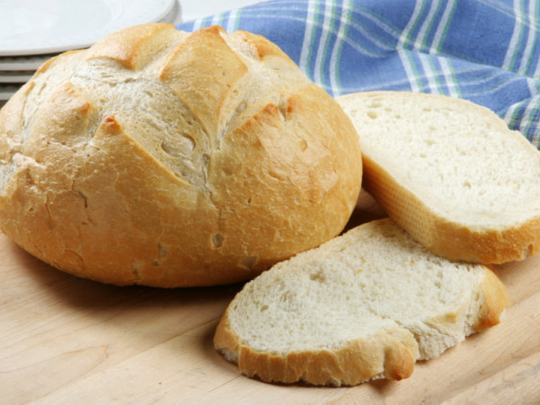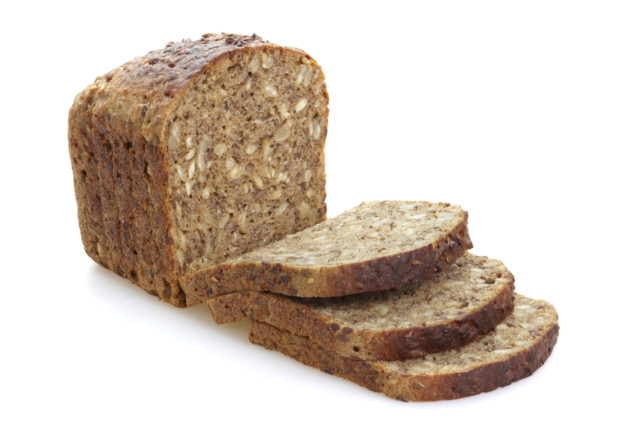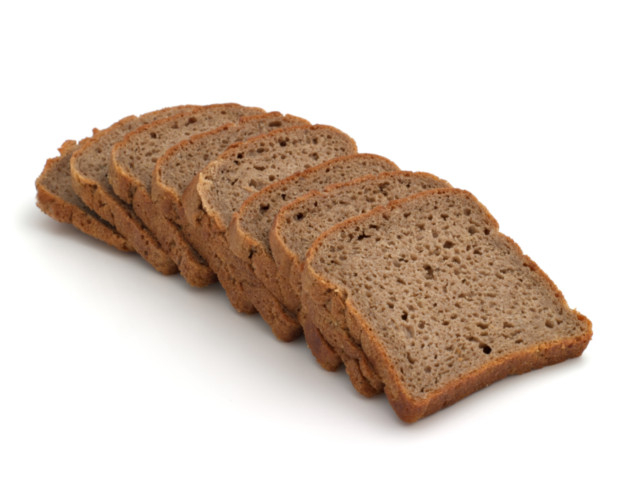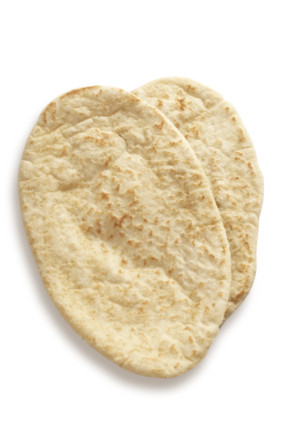
So you love bread with a passion. Good for you as today, the range of breads available is mind-boggling: Wholemeal, multicereal, seed-encrusted, gluten-free, sourdough, rye... But just how healthy are these wheat wonders?
“Breads, in general, are relatively high in sodium, have preservatives and some amount of fat,” says Sakina Mustansir, registered dietician at Prime Medical Centre, Dubai. For most people, they can add to the daily calorie count substantially but “when diabetics or people with high blood pressure consume bread, they need to be aware of the portions,” she says.
If you are among those who cannot think of having breakfast without bread, the least you can do is choose a healthy variety. Go for wholemeal bread, advises Sakina. Its high-fibre content and other nutrients are better than eating white bread, which is woefully short of any nutrients. If you are on a diet, pick diet bread as it has zero sugar or salt and is also very low on fat. As for taste, no two breads will taste the same as the sugar and salt content varies from bakery to bakery.
Sakina recommends eating just two slices of bread a day. “You have to know that breads are also high in preservatives. Read the label. A multi-grain bread could actually turn out to be full of refined flour.”
Here is her guide to various breads and their nutritional values.














